Tech designed to prevent runway collisions tested in Washington
Published in Business News
On Friday morning, the pilot of a Boeing 757 airliner approached Yakima Airport in Central Washington and lined up to land. On the threshold of the runway below, a Falcon 900 business jet was set for takeoff — directly in the 757’s way.
The small jet blocking the runway was clearly visible through the cockpit window. Yet Joe Duval, the 757 pilot, deliberately continued his approach, setting his aircraft on a collision course with the Falcon 900.
When the 757 was just over a mile out and 30 seconds from touching down, an urgent aural warning sounded in the cockpit: “Traffic on runway! Traffic on runway!” Moments later, the same message appeared in amber text on the pilot’s navigation display. The alert sounded again at 15 seconds from potential collision.
Duval pulled up and aborted the landing. No sweat. Mission successful.
This was a controlled demonstration of a new in-flight technology developed by Honeywell that’s designed to prevent disaster when aircraft are inadvertently headed toward a runway collision.
On a clear, sunny day in the Pacific Northwest with perfect visibility, the technology was hardly needed. But what if that had been at night or in fog or low clouds with driving rain?
Last year, a series of near collisions at U.S. airports, which the Federal Aviation Administration calls “runway incursions,” raised serious public alarm.
Among the most egregious of a string of human error-induced close calls last year were two incidents — one in Austin, Texas, and one at John F. Kennedy International Airport in New York — when disasters were only narrowly avoided.
The country’s air travel system carries an average of nearly 3 million passengers a day and is remarkably safe; the last fatal crash of a U.S. airliner was 15 years ago. Still, the system is straining under the load of record numbers of flights and shortages of air traffic controllers, some of whom work exceptionally long hours.
Last year, the FAA recorded 12 serious runway incursion incidents in the U.S., up from just two the previous year.
...continued
©2024 The Seattle Times. Visit seattletimes.com. Distributed by Tribune Content Agency, LLC.
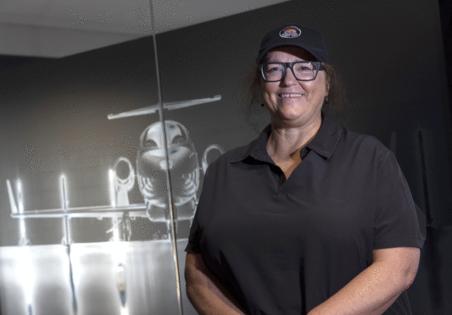
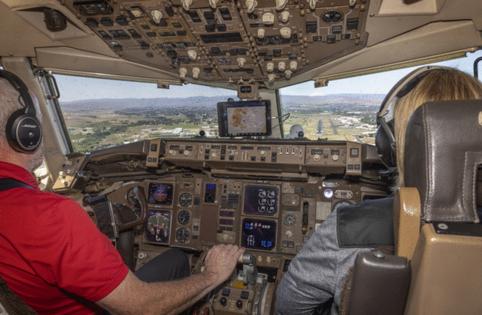
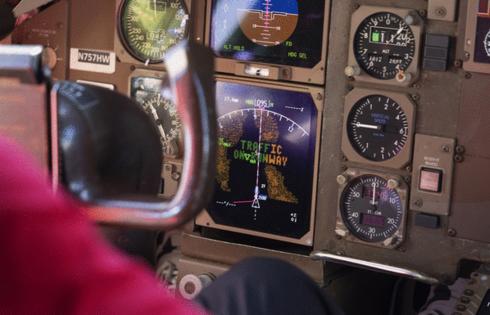
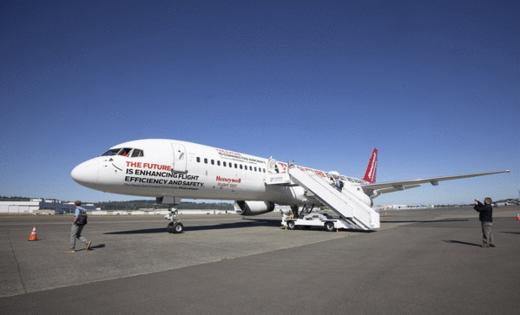
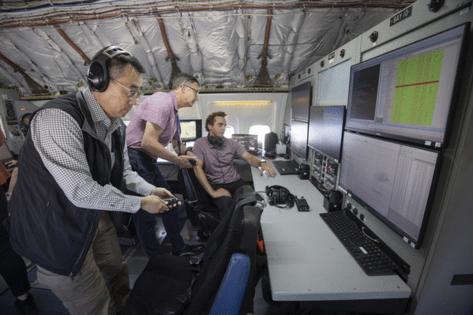











Comments